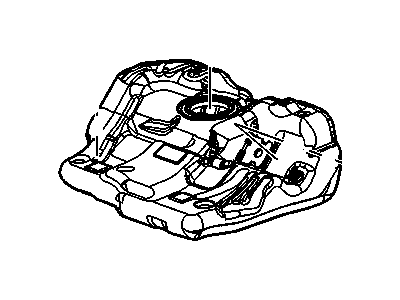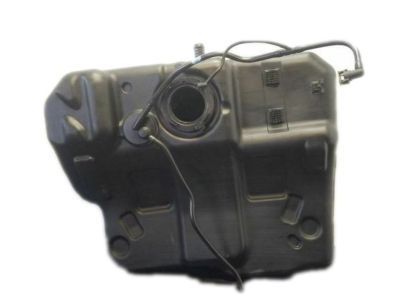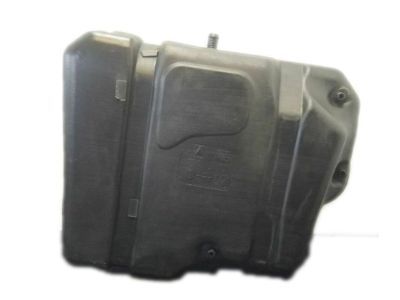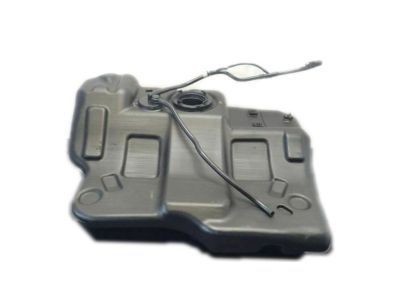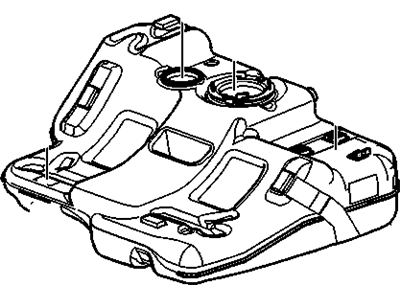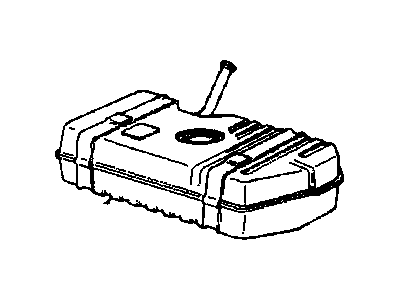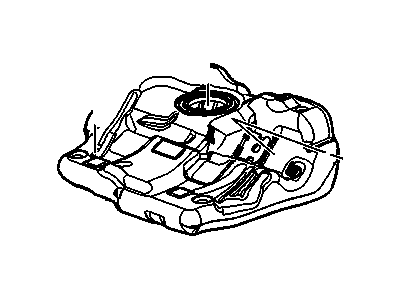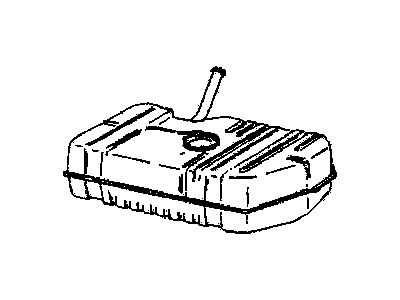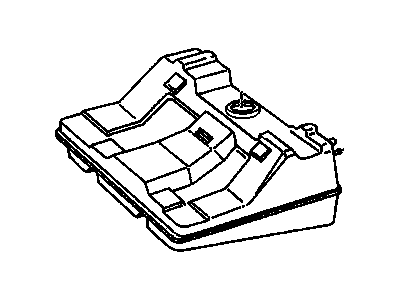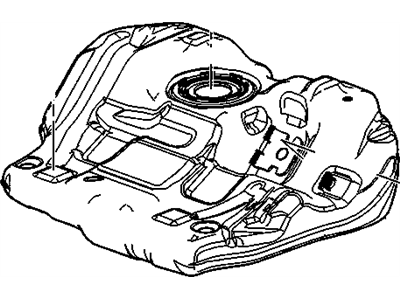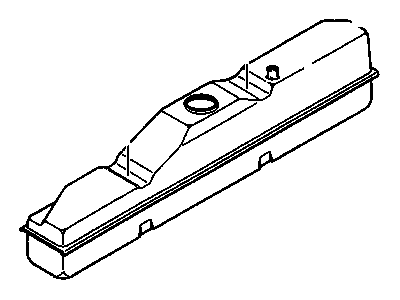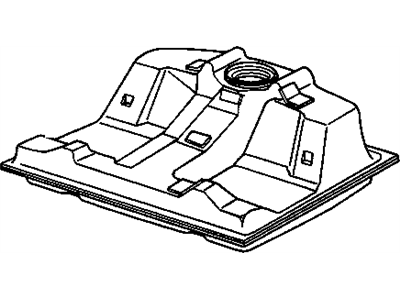
My Garage
My Account
Cart
Genuine Pontiac Grand Prix Fuel Tank
Gas Tank- Select Vehicle by Model
- Select Vehicle by VIN
Select Vehicle by Model
orMake
Model
Year
Select Vehicle by VIN
For the most accurate results, select vehicle by your VIN (Vehicle Identification Number).
13 Fuel Tanks found
Pontiac Grand Prix Tank Assembly, Fuel
Part Number: 22878267$1095.95 MSRP: $1653.35You Save: $557.40 (34%)Ships in 1-3 Business DaysPontiac Grand Prix Tank Assembly, Fuel
Part Number: 21996603$179.22 MSRP: $269.10You Save: $89.88 (34%)
Pontiac Grand Prix Fuel Tank
Pontiac Grand Prix vehicles' Fuel Tank is also an important element that contributes to the transportation of fuel to the engine. It is intended to store liquid fuel and vapours safely and is equipped with a fuel filler tube, venting system and passages to convey fuel to the engine. The tanks can be of metal or plastic and most metal tanks are stamped and welded steel or aluminum while the plastic are blow molded High Density Polyethylene (HDPE). Over time modifications in the construction of fuel tanks have been made to include internal fuel tank baffles to reduce fuel oscillatory motions and noise, and to couple with EVAP to eliminate the emission of a fuel vapor. Some of the problem associated with both types of tanks include corrosion, cracking and impact damage and these must therefore be properly chosen and maintained for safety and functionality.
Each OEM Pontiac Grand Prix Fuel Tank we offer is competitively priced and comes with the assurance of the manufacturer's warranty for the part. Furthermore, we guarantee the speedy delivery of your orders right to your doorstep. Our hassle-free return policy is also in place for your peace of mind.
Pontiac Grand Prix Fuel Tank Parts Questions & Experts Answers
- Q: How to remove a fuel tank on Pontiac Grand Prix?A:Always remove the remaining gas by siphoning before you take the tank out from the car. Warning: DO NOT start the siphoning action by mouth! You can get a siphoning kit from any auto parts store. Relieve the fuel pressure. Take the cable off the negative end of the battery. Caution: To work on a Theftlock audio-equipped car, first disable the Theftlock audio system's lockout feature before you can take the battery off. Put the car on jackstands, then lift it up. Unplug the connector for the Fuel Pump in front of the tank while also removing power to the fuel gauge sending unit. When the car doesn't have a connector, take off the fuel feed and return lines, the vapor return line, and the tubes from the filler neck. When the exhaust hangs too high, loosen the rubber hangers that hold the pipe in place. After moving the pipe lower, take out the pipe and the heat shield. Disconnect both fuel tank retaining straps. Take out the wires and ground cable from the back of the fuel pump/fuel gauge sender when you lower the tank down. Remove the tank from the vehicle. Installation is the reverse of removal.
- Q: What precautions should be taken when repairing the fuel tank or filler neck on Pontiac Grand Prix?A:All repairs to the fuel tank or filler neck should be carried out by a professional with experience in this critical and potentially dangerous work. Even after cleaning and flushing the fuel system, explosive fumes can remain and ignite during tank repair. If the fuel tank is removed from the vehicle, it should not be placed in an area where sparks or open flames could ignite the fumes. Be especially cautious in garages with natural gas-type appliances, as the pilot light could cause an explosion.
Related Pontiac Grand Prix Parts
Browse by Year
2008 Fuel Tank 2007 Fuel Tank 2006 Fuel Tank 2005 Fuel Tank 2004 Fuel Tank 2003 Fuel Tank 2002 Fuel Tank 2001 Fuel Tank 2000 Fuel Tank 1999 Fuel Tank 1998 Fuel Tank 1997 Fuel Tank 1996 Fuel Tank 1995 Fuel Tank 1994 Fuel Tank 1993 Fuel Tank 1992 Fuel Tank 1991 Fuel Tank 1990 Fuel Tank 1989 Fuel Tank 1988 Fuel Tank 1987 Fuel Tank 1986 Fuel Tank 1985 Fuel Tank 1984 Fuel Tank 1983 Fuel Tank 1982 Fuel Tank
